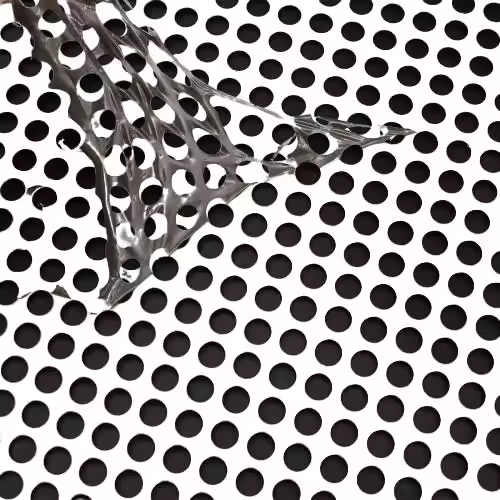The production process of these panels involves several key steps to ensure the quality and performance of the final product.
The first step in the production process is to select high-quality sheet metal, such as aluminum, stainless steel or galvanized steel. The sheets are then processed through a series of machines to achieve the required thickness and flatness. Once the board is prepared, it is perforated using specialized equipment to create a precise pattern of holes or slots based on design specifications.
After being perforated, the panels go through a cleaning and surface treatment process to remove any debris or contaminants and improve adhesion of the coating or finish. This step is critical to ensure the durability and longevity of the panel, especially when used in exterior applications.
The next stage involves applying a coating or finish to enhance the appearance and performance of the panel. This can include powder coating, anodizing or painting, depending on the desired aesthetic and functional requirements. The panels are then cured or dried to ensure the coating adheres properly and provides long-lasting protection against corrosion and weathering.
Once the panels are coated and cured, they undergo a quality control inspection to check for any flaws or imperfections. This ensures that only panels that meet the highest standards are shipped to customers.
In addition to standard production processes, some manufacturers offer customization options such as bent, folded or curved panels to meet specific design requirements. This flexibility allows architects and designers to create unique and innovative facade designs using perforated metal panels.
Overall, the production process of perforated metal exterior siding involves precision engineering, advanced manufacturing techniques and strict quality control measures to deliver high-quality, durable and visually impactful panels for architectural applications. As the demand for sustainable and visually appealing building materials continues to grow, perforated metal siding is expected to remain a popular choice for modern building designs.
Post time: Jul-22-2024

